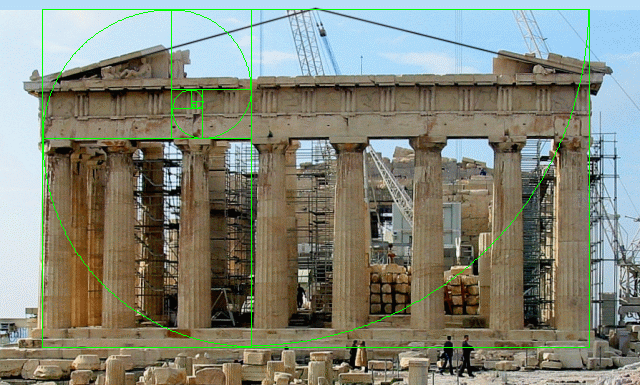In my architecture class, we have been exploring the ancient Greek temple dedicated to Athena in the age of Pericles known as the Parthenon. While much of the interior was destroyed, its remains best exemplifies the various components of Greek architecture and temple construction. The Parthenon is a Doric temple, which artfully incorporates thicker columns and a more massive appearance (sometimes called masculine) than its Ionic (feminine) counterpart. The Parthenon still includes selected Ionic features, however, producing a building which many of the world’s top architects and designers have called “perfect”. Although a number of aesthetic elements were calculated to make the building appear as visually perfect as possible, it has also been said that “nothing is as it appears”. For example, although the lines and distances in the Parthenon appear to be straight and equal, horizontal elements were deliberately curved and vertical columns “fattened” in the middle to compensate for the imperfections of the human eye. These geometric adaptions and thickening of lines made it look as though the columns were strained under the weight of the roof, therefore making the temple less static and more dynamic. All in all, I chose to write about the Parthenon because its unique architectural composition highlights the beautiful interplay between lines and structures with elements of perspective, illusion, and distortion.
The Parthenon


